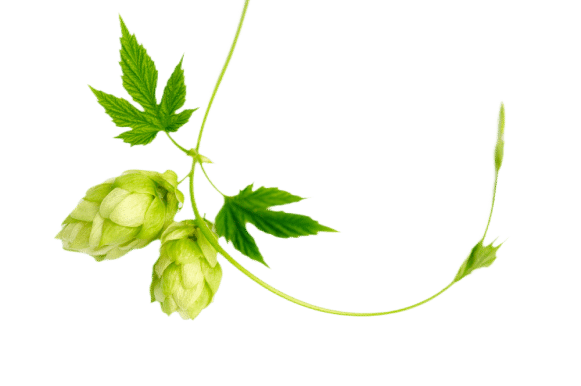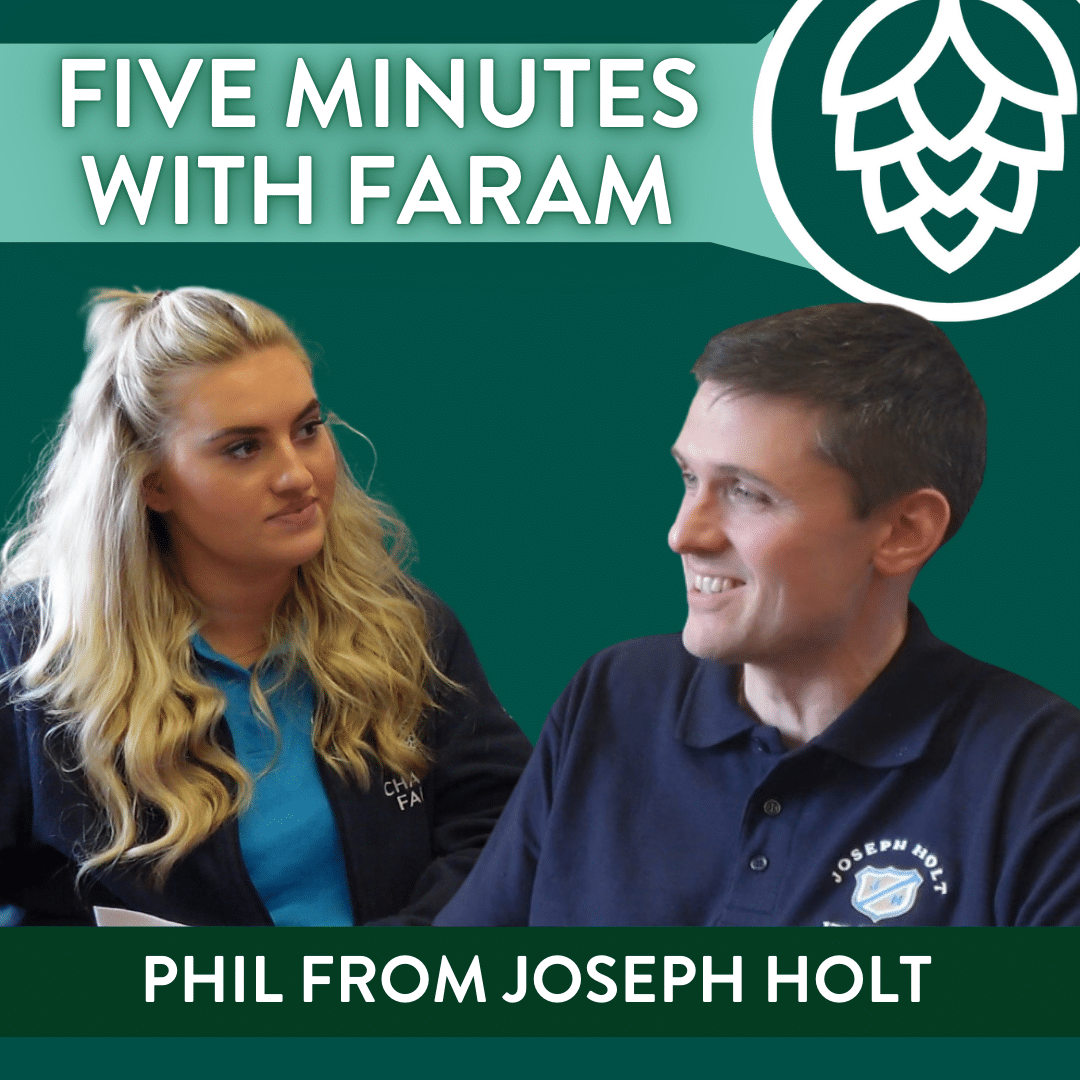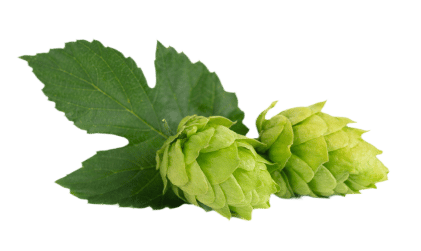
Written by Will Rogers, Group Technical Director
Hop development takes many years, hard graft, and a brilliant understanding of how to encourage the very best from these amazing plants. Even with all of these factors, things do not always go to plan.
The story of Minstrel®
To tell the story of Minstrel® we need to start with Sovereign. This is a variety that came from Peter Darby at Wye hops. It is a hedgerow variety, from a cross made in 1995. In its heritage is WGV but also Pioneer. Preceded by First Gold, Sovereign was heralded for its disease resistance and impressive yield, showing what could be achieved from a hedgerow hop. .
Where did it come from?
In 2006, before we had started our Hop Development Programme, Peter Glendinning, a Research Agronomist, was advising the National Hop Association (now the BHA) regarding crop protection. Peter could see that we in the UK, with our maritime climate, and full complement of pests and diseases needed new hop varieties to compete. Peter was walking the yards of Sovereign regularly and was impressed by the hardiness of the hop, and its potential for a good crop.
In the UK we grow seeded hops, occasionally one of these seeds will drop and start to grow, creating a new variety. It is not uncommon for growers to find a rogue plant, which has most likely come from one of these seeds, and it is here that Peter found Minstrel®.

Sovereign
In Minstrel®, Peter found a variety with good yield potential and tolerance to downy mildew. It displayed many of the characteristics which make its (presumed) parent a grower’s favourite, but with a fruitier aroma of spiced berries, orange and herbal undertones.
Peter collected this plant, and others like it, and these became the constituents of our original programme as Bishop, Baron, Crusader and Landlady.
Great test results
Having identified some varieties with potential it is important to test for disease resistance. In 2010 we sent some small plants to the Institute of Hop Research and Brewing in Slovenia, where in the forest (well away from their own hop growing area) Minstrel® plants were deliberately inoculated with Verticillium wilt. The tested plants were given a score out of a hundred. If 100 plants were inoculated, how many died? The test is also performed on some benchmark varieties, in this case Fuggle and Target. Fuggle scored 99/100, Target 39/100, and Minstrel® a very respectable 30/100, giving it the classification of resistant to Verticillium Wilt. This was fantastic news and meant we could move to the next stage of development.

Propagating
There followed farm trials, starting in our nursery yards in 2010 and progressing onto two other farms in 2013, helping us learn more about how the plant behaves, how the cone picks when harvested by machine and the disease resistance when in a commercial setting.
For a couple of years, no significant problems were observed, yield was ahead of expectation and commercially brewers were telling us that whilst this was never going to be a hop to challenge the dominance of US hops in the craft sector, it brewed well, with a satisfying complexity albeit in line with more traditional varieties. Peter had observed that the plant had a relatively weak rootstock, meaning the rhizome is fairly small, even when mature, and the plant as it emerges in spring is a little slow with thin wires (shoots) that are few in number.
Confusing symptoms
In 2016 we started to see some confusing symptoms in some single plants, the symptoms were those of Verticillium wilt but knowing what we did about Minstrel®’s wilt score, we felt sure that it couldn’t be that….. or could it? We sent samples of plants for testing, but the results were inconclusive. The following year there were clusters around the originally suspect plants, more plants showing symptoms. If this was Verticillium wilt, how were we to go about controlling it?
We now think that what was causing these symptoms is another type of wilt, Fusarium Wilt, a different fungus, caused by Fusarium Oxysporum. It kills the plant by blocking the Xylem, the water carrying vessel that runs the length of the plant, causing the plant to die from lack of water. Fusarium is common everywhere and most types are completely harmless and are part of a healthy soil microbiome.

Verticillium wilt
Stopping the spread
In hop yards with a tall trellis, when a plant shows symptoms of Verticillium wilt, we will isolate that plant and kill the root to prevent spreading the disease. We then bag all the bine and leaves and take those away to be incinerated. Verticillium spores can be carried by any of this material which is why it can spread so rapidly in effected yards. In low trellis (hedgerow) hop yards, we grow the hop bines up a plastic net which remains for many years, removing infectious material, without spreading disease is almost impossible.

Hop yards and plastic netting
We know that heavy soils (full of clay) and climatic conditions, as well as the availability of nitrogen in the soil, all contribute to the speed with which this disease can spread. Our records illustrate this nicely:
In our 200-plant plot:
2014 0 cases
2015 6 cases
2016 9 cases
2017 17 cases
2018 17 cases
2019 49 cases
2020 Plot removed
Alas, it is no more
Disease resistance is a cornerstone of our breeding programme and faced with this information, it was decided that Minstrel® could no longer be grown, and the plots and farm trials were removed in the early part of 2020.
Every year our hop development programme takes another leap, building bigger flavours and stronger plants to support even better beers. We’ll have more information to share about our latest experimental varieties in the new year.











